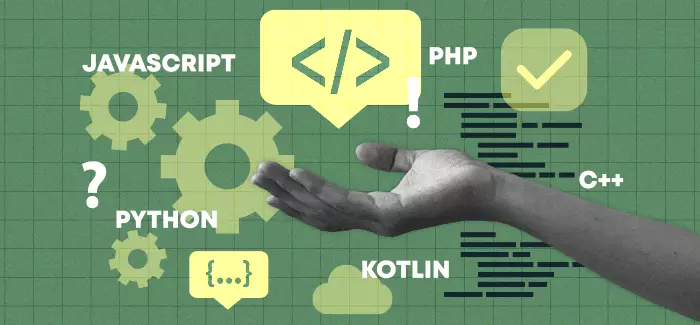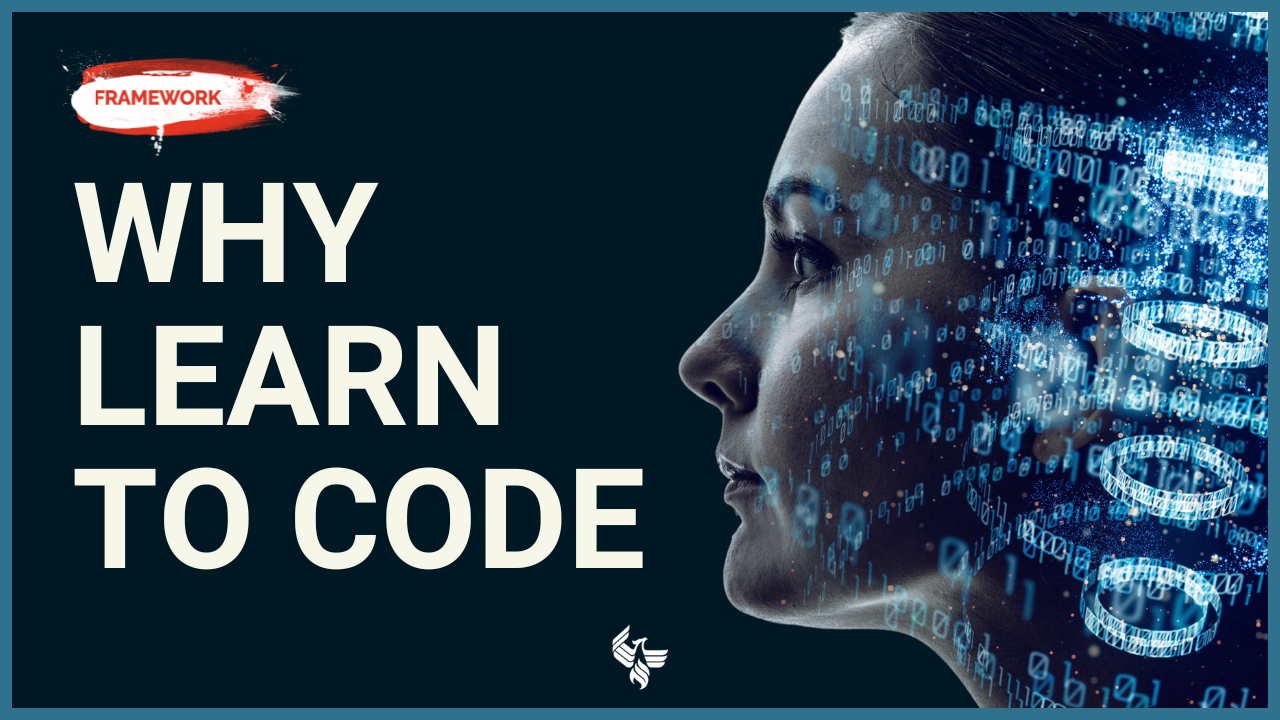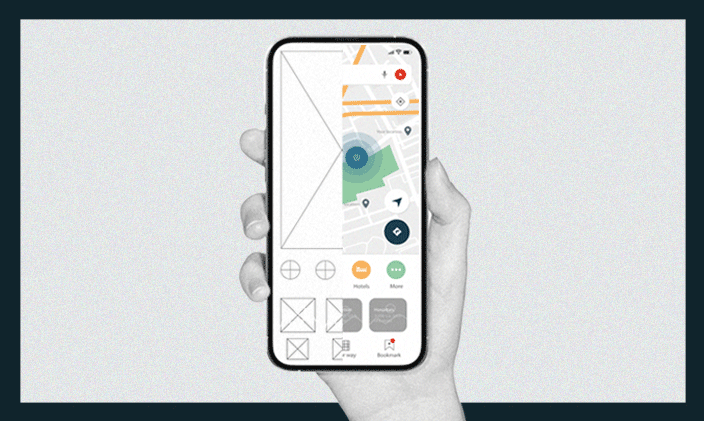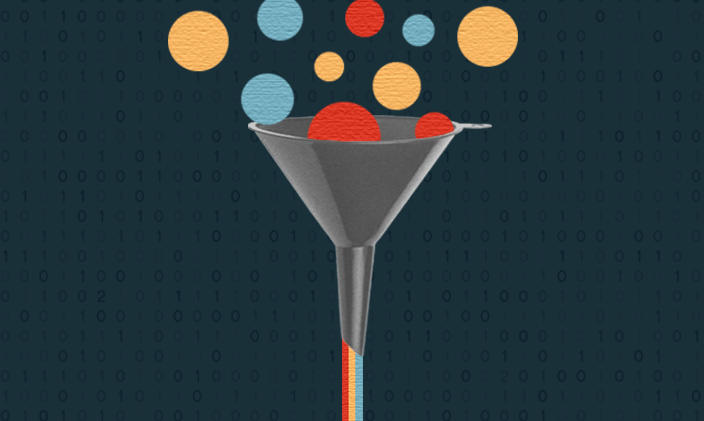Articles > Information Technology > What is the best programming language to learn?
What is the best programming language to learn?
This article was updated on June 14, 2024.

Written by Michael Feder

Reviewed by Kathryn Uhles, MIS, MSP, Dean, College of Business and IT

Computer programming relies on different programming languages. There are dozens, but all have the same goal: to provide a framework in which a program can operate. While that goal is the same, the primary features differ among programming languages. Some are better for organizing and visualizing data, while others are preferable for creating user interfaces. Although some coding systems are easier to learn than others, none are inherently better or worse. Which one might be the best to learn?
Which is the best programming language to learn first?
Depending on the career path, the best programming language to learn first might be one of the easiest and most common ones.
Note that it is common to use the term “programming” for both scripting and programming languages. In this article, the term “programming language” refers to both.
That said, here are a few of the most common programming languages to start with:
JavaScript: JavaScript is a popular front-end programming language that’s typically considered a general-purpose coding system. It allows developers to add dynamic and interactive elements to websites.
HTML/CSS: HyperText Markup Language (HTML) and Cascading Style Sheets (CSS) are two related coding systems that control the user-facing (front-end) aspects of websites. HTML provides a general framework for web development, while CSS handles formatting and layout.
C, C# and C++: For many computer science and IT students, back-end coding education starts with C. It is a popular first language because of its simplicity and flexibility.
PHP: This language was used to create the majority of websites on the internet, making it a popular choice for web developers.
Is it necessary to learn several programming languages?
There are professional programmers, software developers and other IT pros who learn multiple programming languages, although the ones they learn depend on what they do at their jobs and their level of expertise. Those who plan on a career in a computer or IT field will want to learn the ones that are most useful for the specialization they plan to pursue before deciding which is the best programming language to learn.
Many programming languages are meant for specific applications, so the choice may be obvious. However, the distinction between front-end and back-end languages is the most useful for computer science students.
- Front-end languages focus on interactivity and user experience. Developers use these programming languages, such as JavaScript and HTML, to create interfaces that users rely on to navigate software, applications or websites. Front-end coding deals with design, appearance, user controls and related features.
- Back-end coding systems are client-facing and deal with data, servers, algorithms and overall functionality. C++, Java and Python are popular back-end coding systems. Back-end languages can affect software or site functionality but don’t directly involve the user interface.
Some professionals choose to learn both front-end and back-end programming languages. These multidisciplinary specialists are known as full-stack developers. They can handle both user and client-facing programming tasks and may enjoy employment options that reflect this versatility.
What programming language is most in demand?
Knowing which are most popular for different purposes can help determine the best programming language to learn in order to add to a skill set. Here are some of the most in-demand languages, although it’s worth noting these can change as technology and the industry evolve:
- Python: Since it works on different systems and browsers, Python is the language of choice for many development projects. In addition to being the most popular language for software development, Python has special applications in finance and machine learning.
- Java: Different from JavaScript, Java is a server-side language. According to the Popularity of Programming Language (PYPL) Index, Java is the second-most popular back-end coding system (after Python) because of its platform independence.
- Go: Golang (Go for short) is growing in popularity, especially among web developers. It’s known to be an efficient language that’s easy to learn.
- SQL: Structured Query Language focuses on managing information housed in databases. Those who work with data may find it necessary to know this language.
- R: R is an important language for data analytics. It’s necessary for anyone studying for a data science degree. It focuses on statistical calculations and visualization.
The best programming language to learn by use case
Different computer science applications and functions require knowledge of various programming languages.After deciding which area to focus on, whether it’s software development or cybersecurity, the following are some of the most important languages to know.
Cybersecurity
Knowing how to code is essential for many tasks in this area of computer science, including penetration testing, forensic analysis, response and containment, and cybersecurity software development. Top languages to know include:
- Python. Thanks to wide availability of libraries and frameworks, cybersecurity professionals use this language for several functions, including network scanning and vulnerability analysis.
- HTML. Many cybercriminals use HTML code to design and carry out their attacks. To protect against malicious HTML injection, data theft and website defacement, security professionals should conduct security audits and implement a Content Security Policy (CSP). Input validation and sanitation is highly recommended to clean, remove and block malicious and potentially malicious inputs.
- C and C++. These provide cybersecurity professionals with control over system resources and can be used to create highly secure code.
- SQL. Cybercriminals often use SQL to steal and disrupt data, so cybersecurity professionals frequently work to master this language in order to prevent attacks.
App development
What is the best programming language to learn for app development? These are some of the most commonly used:
- JavaScript: Its extensive ecosystem of resources, community support and overall flexibility make this a top choice for app developers.
- Java: It’s been one of the primary languages for Android apps since the platform was developed.
- Swift: This is the main programming language for iOS apps.
- Python: The language’s ease of use makes Python a popular choice for app development.
Web development
For a career developing websites and web apps, learn one or more of the following.
- Python: Frameworks like Django and Flask make building web applications fast and efficient.
- PHP: As mentioned, PHP is by far the most often used language for website development. It’s also easy to integrate with various types of databases.
- Ruby on Rails: Since it’s easy to use, Ruby enhances developer productivity. It also has an ample set of libraries to simplify development.
- JavaScript: While it’s mainly a client-side language, JavaScript can also be used for creating interactive webpages.
Back-end development
- C#: This language is common in enterprise environments.
- Go. It’s especially popular for back-end development in high-performance applications and cloud services.
- Java. This language is used for creating large web applications that require keeping data safe.
Full-stack development
Some languages are useful for both front- and back-end development, which streamlines and simplifies the entire process. These include:
- JavaScript: In addition to being used for webpages, JavaScript’s Node.js runtime environment means it can be used on the server side.
- Java: While traditionally used for the back-end, it can be integrated with front-end technologies.
- PHP: PHP can generate dynamic HTML and is also often used for powering content management systems.
While it’s not necessary to learn all of these, the more languages someone knows, the more their computer science skills will be enhanced, and the more flexibility they will have in their career.
What is the most useful programming language to learn?
There’s no one definitive answer about the best programming language to learn. It depends on which careers in computer science sound most attractive. Answering that questions can help decide which languages to spend time and energy on learning.
Exploring technology degree programs can also as a guide. Programs in data science, software development and cybersecurity may emphasize different programming languages.
Remember that technology environments and expectations change frequently, and new programming languages are continually being developed. A career in computer science requires a commitment to lifelong learning. Fortunately, there are plenty of resources to help learn new programming languages and expand professional abilities — and professional options.
What is the best programming language to learn for a technology degree?
If you are interested in a career in information technology, knowing which degree you want to pursue can help you decide the best programming language to learn.
Aspiring application developers, for example, may pursue a Bachelor of Science in Computer Science, while a Bachelor of Science in Cybersecurity will cover scripting languages from a different perspective.
Additional degree programs that include programming languages are Bachelor of Science in Data Science and Bachelor of Science in Information Technology.
Meanwhile, advanced developer certificates often deal with topics like choosing the correct coding languages and framework for a given project. If these concepts excite you, consider earning a Scripted and Compiled Programming Languages Certificate (Undergraduate) at UOPX.

J.L. Graff, MBA
Associate Dean, College of Business and Information Technology, University of Phoenix
“Learning a new programming language can take a couple of months or about a year depending on your experience and the complexity of the programming language. It is recommended to learn at least three programming languages, but the projects you work on will determine what programming languages you will need to learn and when.”
To find how why learning to code is important, watch this YouTube Video, Why Learn to Code.

ABOUT THE AUTHOR
A graduate of Johns Hopkins University and its Writing Seminars program and winner of the Stephen A. Dixon Literary Prize, Michael Feder brings an eye for detail and a passion for research to every article he writes. His academic and professional background includes experience in marketing, content development, script writing and SEO. Today, he works as a multimedia specialist at University of Phoenix where he covers a variety of topics ranging from healthcare to IT.

ABOUT THE REVIEWER
Currently Dean of the College of Business and Information Technology, Kathryn Uhles has served University of Phoenix in a variety of roles since 2006. Prior to joining University of Phoenix, Kathryn taught fifth grade to underprivileged youth in Phoenix.
This article has been vetted by University of Phoenix's editorial advisory committee.
Read more about our editorial process.
Get your free IT Program Guide
Learn how 100% of our IT degree and certificate programs align with career-relevant skills.
Get your free IT program guide. Please enter your first and last name.
Thank you
Download your pdf guide now. Or access the link in our email.



